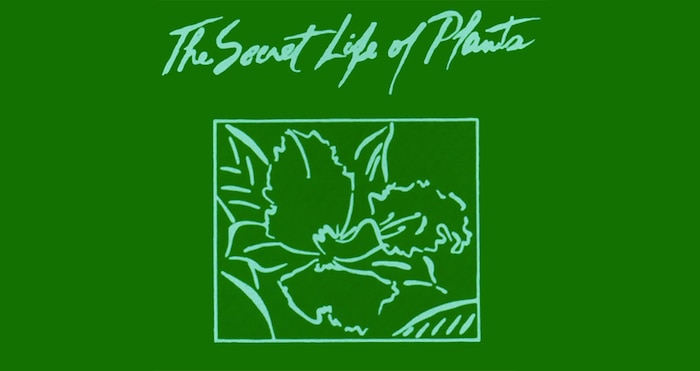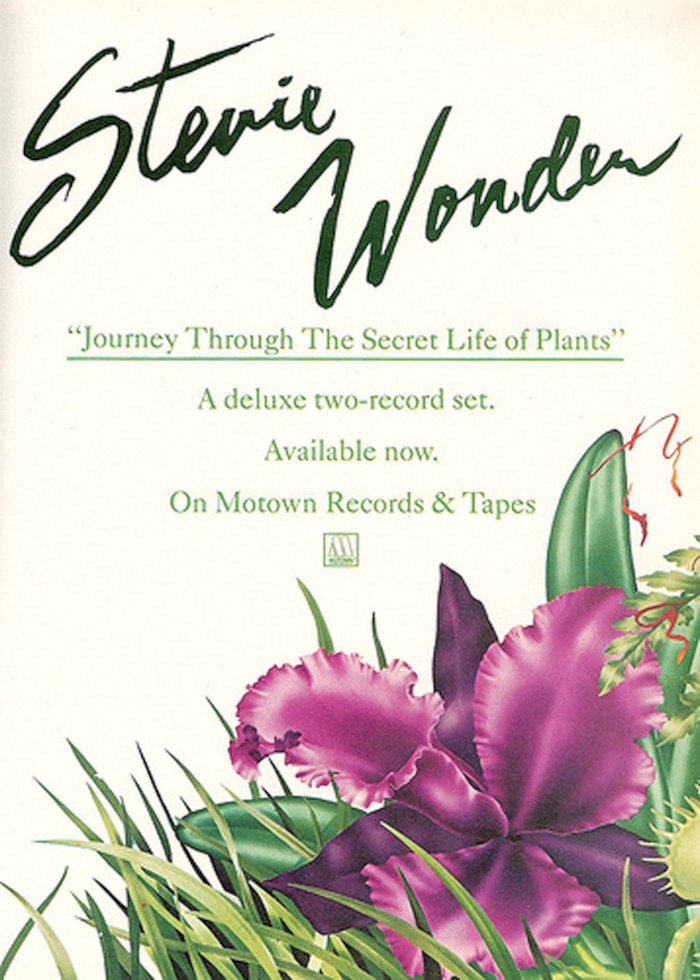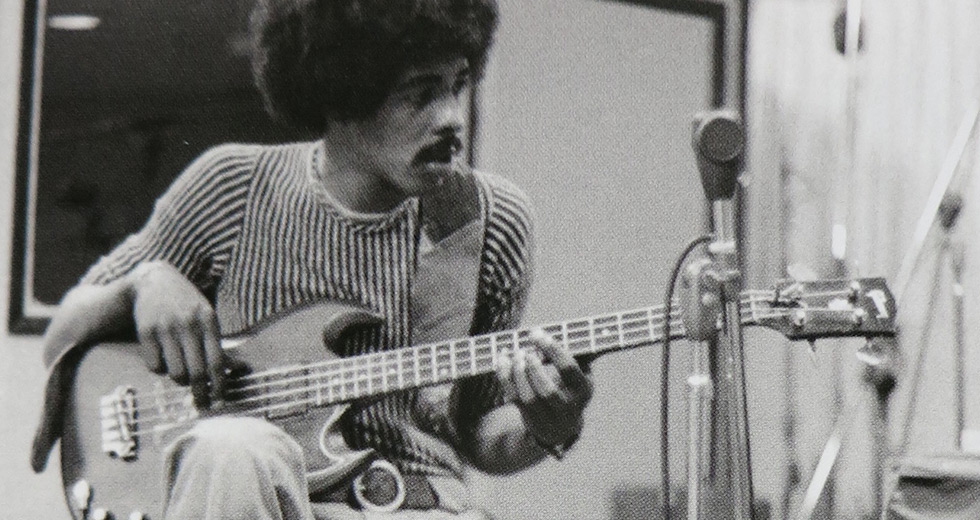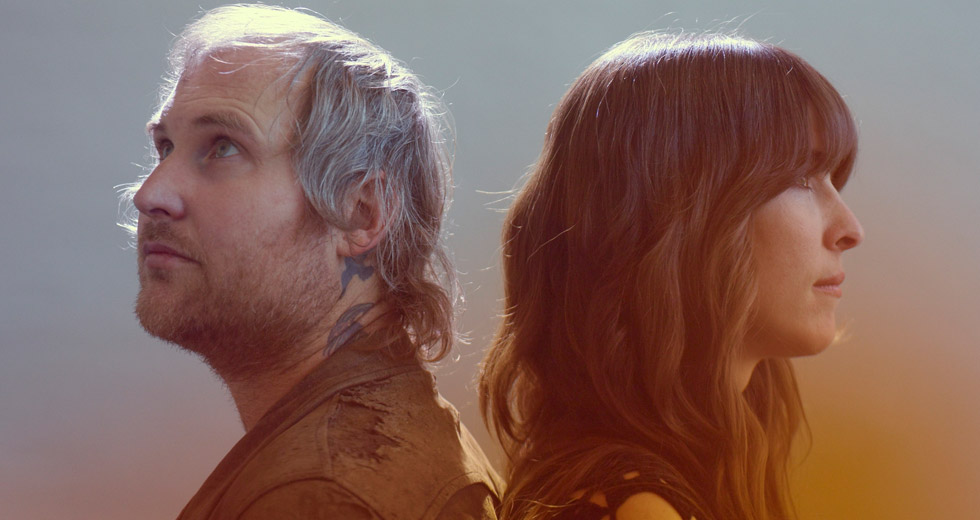Stevie Wonder’s Journey Through “The Secret Life of Plants”
“There’s lava flowing and bubbling up against some rocks. It’s very bright.” “That’s five seconds.” “Now there’s a different shot of lava exploding into frame like a big bubble that’s bursting.” “That’s seven seconds and onto the next shot.” “There’s more lava, but this time, it looks like a fire that’s rising up. There’s smoke everywhere.” “Three seconds.”

The above is a simulation of what film producer Michael Braun and sound engineer Gary Olzabel recorded on tape for Stevie Wonder to help him score their documentary The Secret Life of Plants. Hiring a blind man to create music specifically to accentuate a purely visual medium seems counterintuitive. But, at that moment, Wonder was coming off a five album run of top-selling and universally acclaimed records – from Music of My Mind through to Songs in the Key of Life. He could quite clearly try anything he wanted to. And, with The Secret Life of Plants, he did.
One person in the film memorably claims that plants can read minds.
The three years between Songs in the Key of Life and The Secret Life of Plants was the longest gap in releases up to that point of Wonder’s career. So it must have been baffling to hear that his new record would be the soundtrack to a documentary about plants. But while the double album ended up being a (comparatively) commercial failure, it’s also an overlooked endeavor that deserves a hearty re-examination.
A documentary adaptation of the 1973 book of the same name, The Secret Life of Plants used time-lapse videography and footage of greenage from around the world to show their innate beauty. Although some of its claims are a little outlandish – one person in the film memorably claims that plants can read minds – Secret Life reminds us that there is a lot going on with plants that we often disregard. Wonder was reluctant when producer Michael Braun initially approached him, but he eventually agreed and began working on the score during the making of Key of Life. He continued to labor on the soundtrack on and off, much to his label Motown’s chagrin, who clearly wanted a quick follow up to Key of Life, a huge commercial and critical success.
The album begins with “Earth’s Creation,” an ambitious, booming attempt to replicate our planet’s beginnings. Buzzy synths, drum machine splashes, and operatic vocals create a moody texture. Seguing directly into “The First Garden,” we’re introduced to the main theme of the album, played on harmonica, which recurs many times throughout the record. The film explains how our planet was an arid atmosphere before plants gave it beauty and life. The slowly sweeping keyboards work to play the role of plants rising up from the ground, before jungle sounds and thunderclaps show us the dangers of their new life. Meanwhile, “Voyage to India” is a synth piece that transforms itself into a sitar and tabla-led Indian jam over the course of its six-and-a-half minutes. Already 15 minutes in – and no sign of Stevie at all.
“Same Old Story” was a history lesson sing-along about prominent botanists Jagadish Chandra Bose and George Washington Carver.
Predictably, this worried Berry Gordy and the rest of Motown. There was a distinct lack of lyrical songs on the record and an abundance of instrumentals, which Stevie refused to edit down into a single album. A compromise was struck, however: Stevie would write some more poppy songs, and add some words to a number of tunes. One of these was “Same Old Story,” a history lesson sing-along about prominent botanists Jagadish Chandra Bose and George Washington Carver. With acoustic guitars, subtle synth bass and harmonica, it’s a beautiful eulogy, but hardly the most radio-friendly subject.
There are several pop tunes, though, that stand among the catchiest of his career. “Send One Your Love” and “Outside My Window” both take the standard love song formula and spin it in a way that fits with the album’s themes. (The former focuses on flowers as a symbol for love when given as a gift, the latter is an ode to a potted plant outside Wonder’s windowsill.) Over the airy squeak of drum machines and some patented funky basslines from Wonder’s synths, “Outside My Window” is an undeniable earworm. Record company involvement is usually a bad thing. In this case, the request for more vocal songs ultimately gave the album a fuller scope.
Early copies of the record were printed with a flowery perfume sprayed onto the sleeve, until it was realized that it ate into the vinyl.
The end of the movie features a music video (of sorts) for the title track, featuring Stevie walking through various fields of flowers or boating in a wide open river. The song turns out to be the basis for the rest of the album, fleshing out the recurring piano melody. It’s melancholic, with Stevie asking himself and the audience to take a closer look at the effect we have on nature and the environment in general: “But far too many give them in return / A stomp, cut, drown or burn / As if they're nothing / But if you ask yourself where would you be without them / You will find you would not.”

Before its release in October of 1979, Gordy and the rest of Motown were still worried that Secret Life wouldn’t be a hit. It was more of a pressing concern than usual, as the label had seen declining sales in the years following the release of Key of Life. Even Wonder was concerned how the album would fare with his audience. After a significant delay in the release date and a not-entirely-enthusiastic reaction, printing orders were cut down from two million to one million. (Early copies of the record were also printed with a flowery perfume sprayed onto the sleeve, until it was realized that it actually ate into the vinyl.)
When it finally hit stores, Secret Life debuted at #4 on the Billboard charts, as did the “Send One Your Love” single. Presumably this was due to the public’s long wait for any new Stevie Wonder material: Sales quickly dropped off dramatically, leveling out at half a million. It didn’t help that the movie saw a small release that also did way below expectations. Wonder’s planned tour, utilizing a full orchestra and a screen projecting scenes from the movie, was cut to only six dates due to underwhelming ticket sales. Over the years, though, Life of Plants has attained cult classic status, inspiring artists like Questlove and Janelle Monáe. And according to a 2004 Billboard interview, it stands as one of Wonder’s favorite albums.

